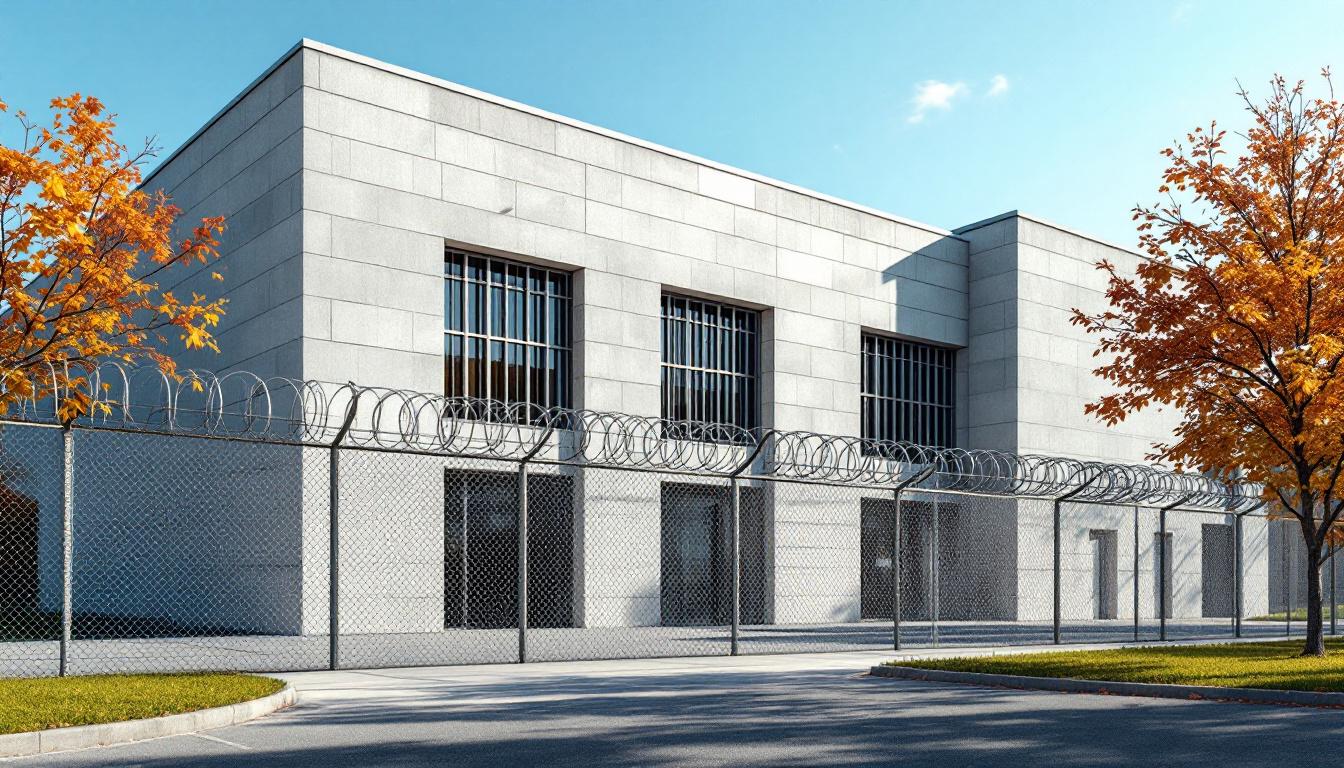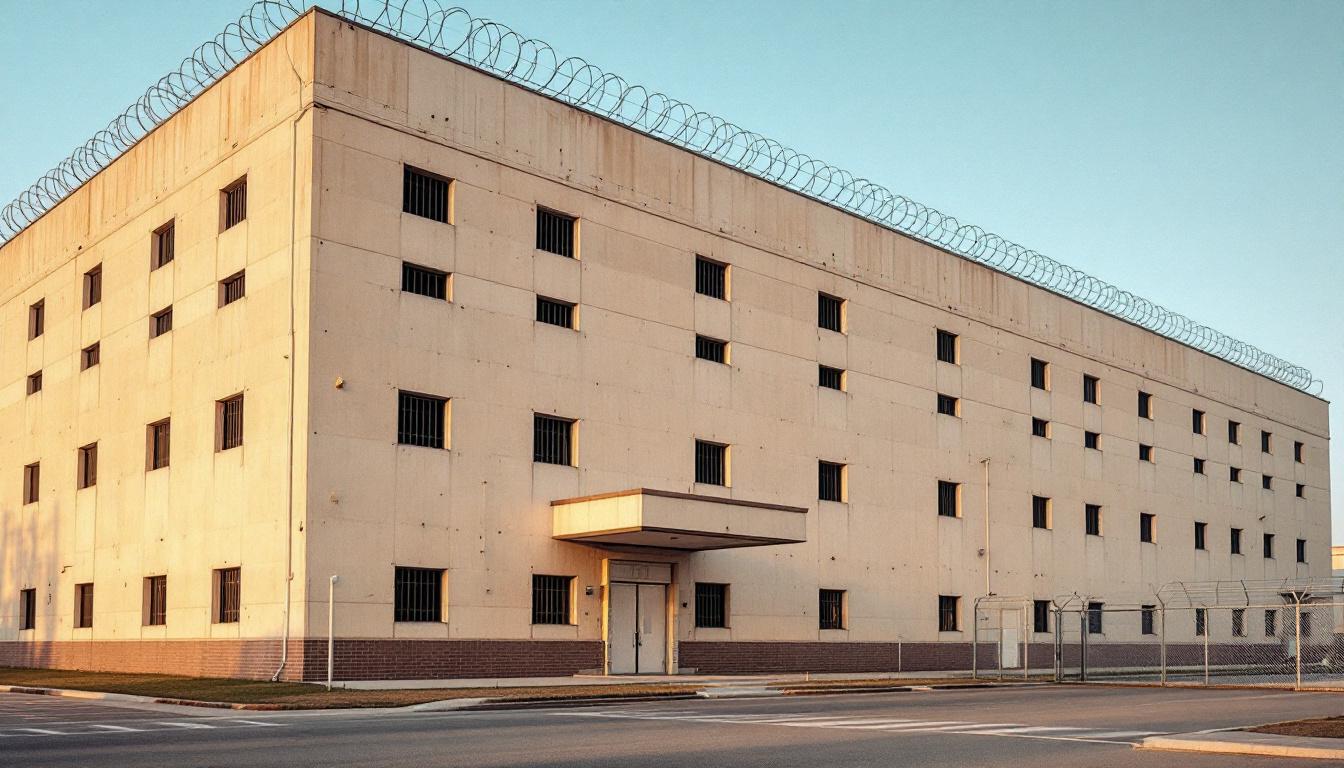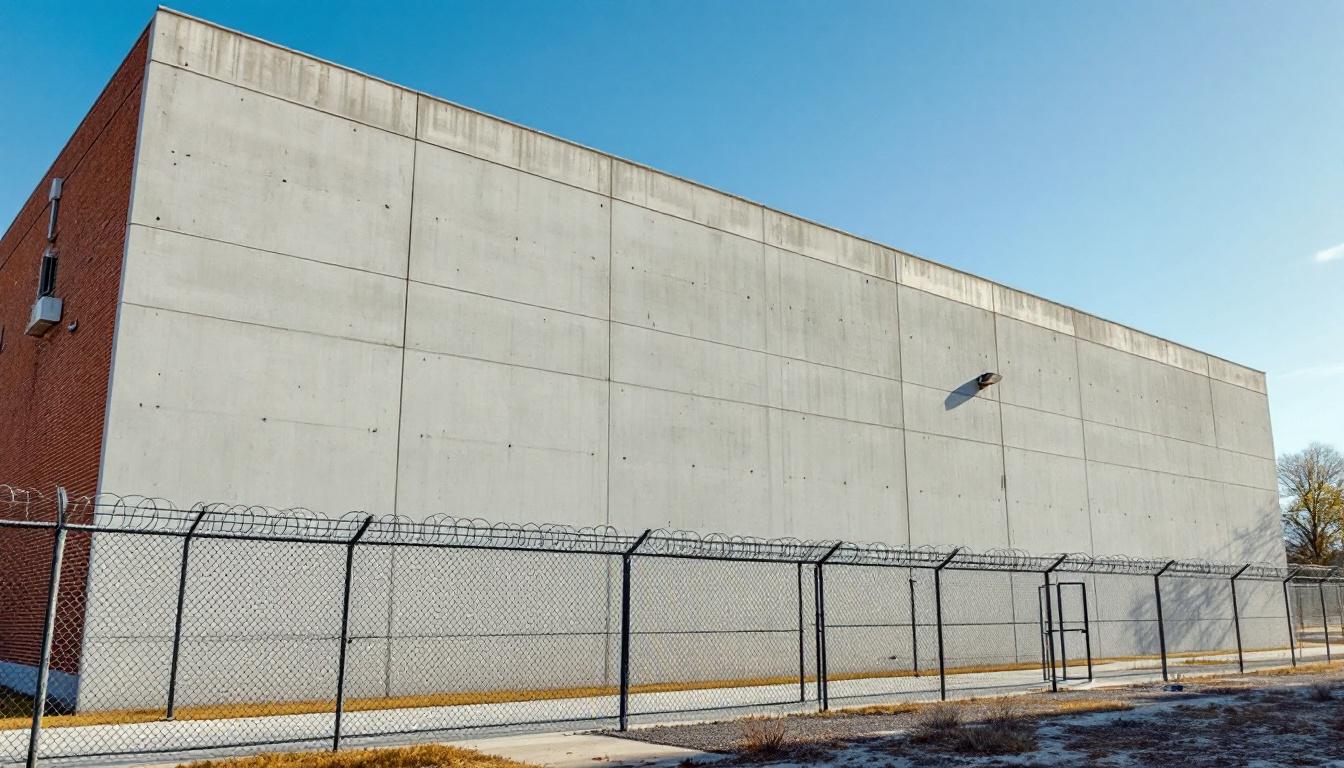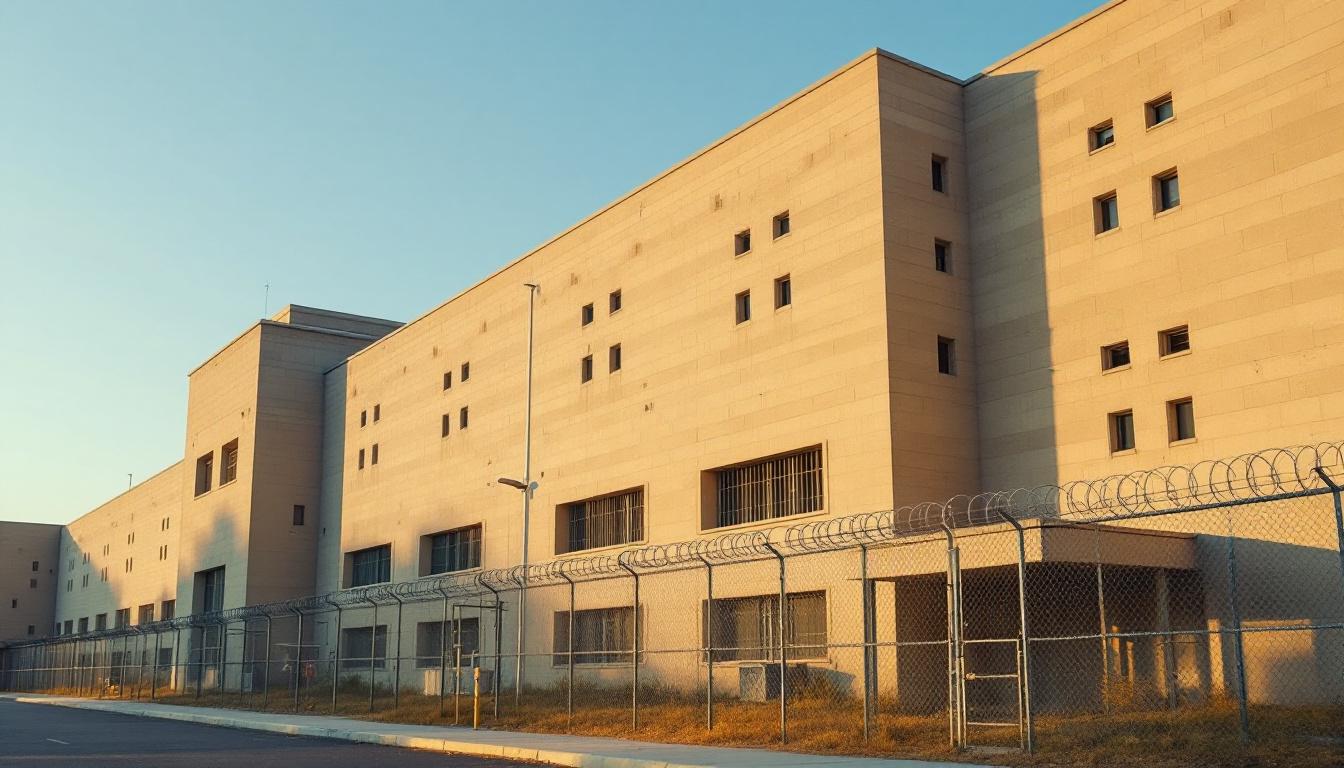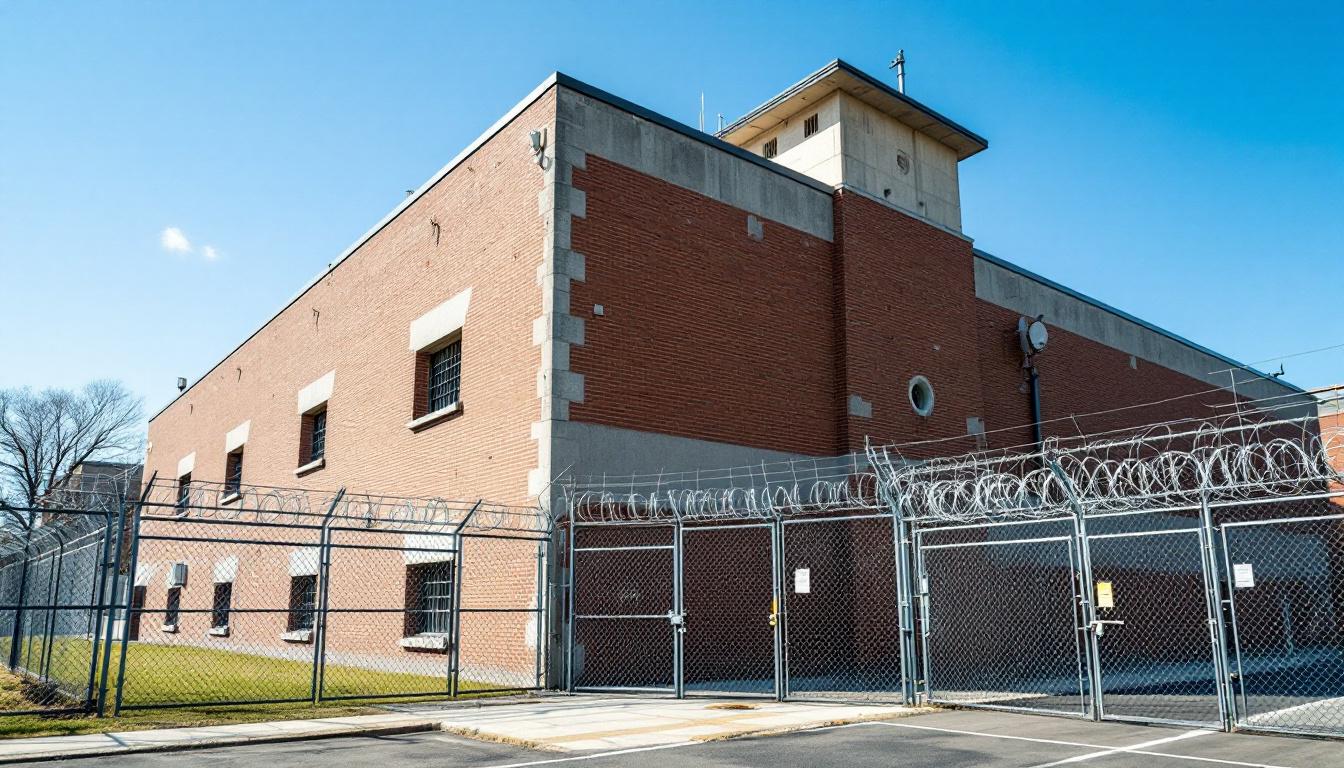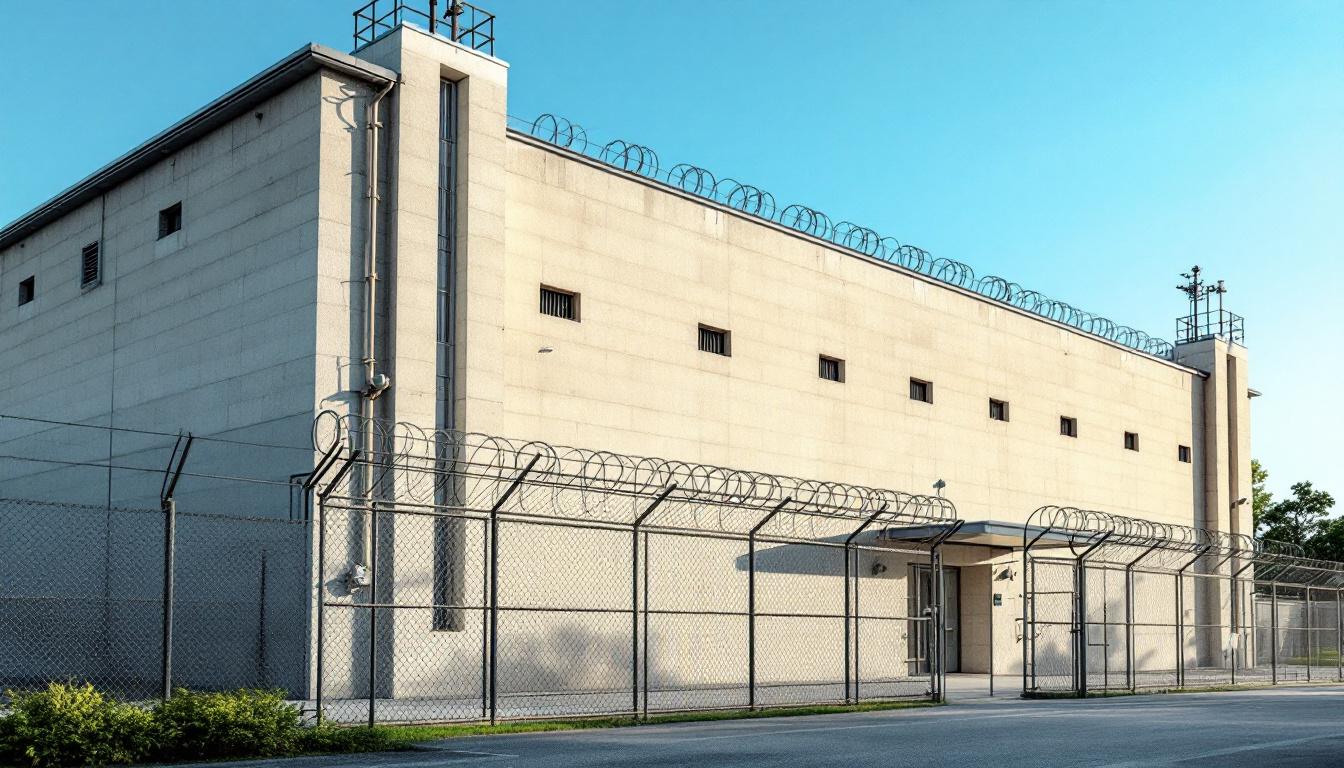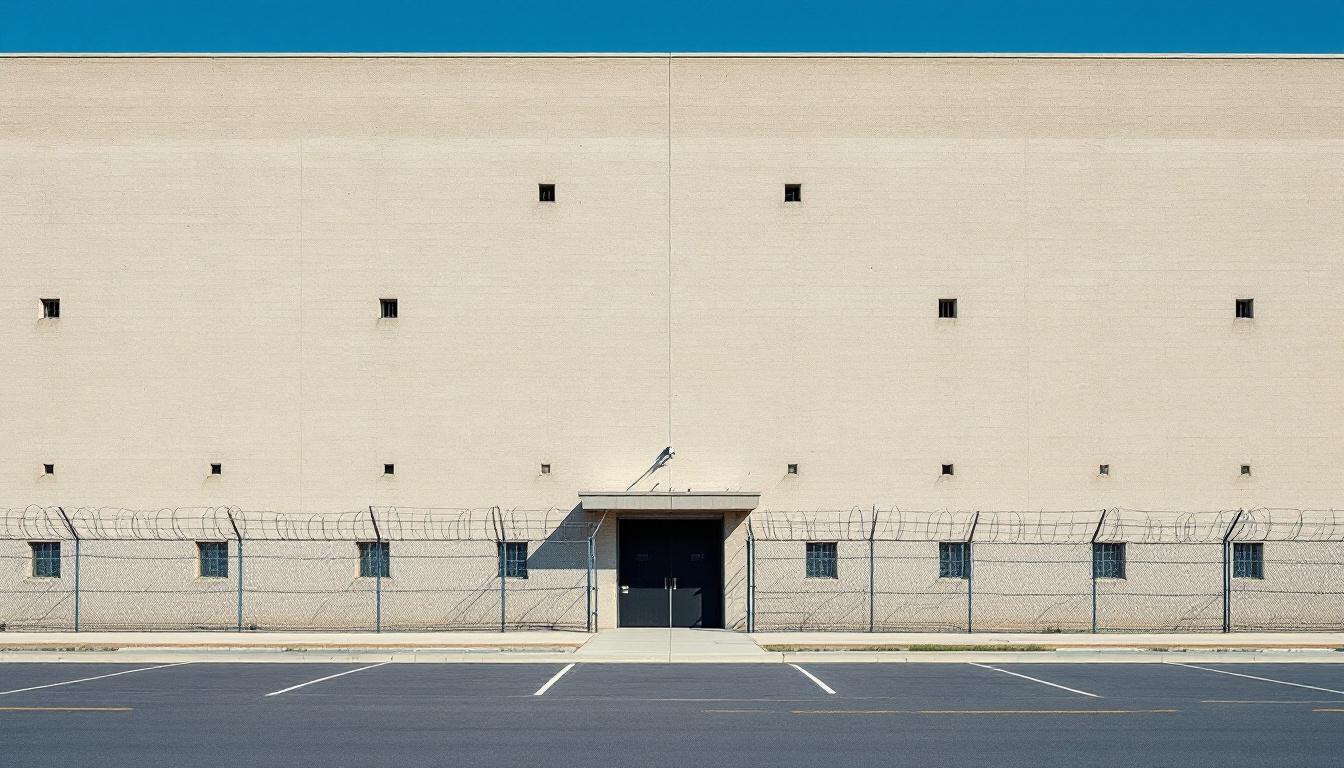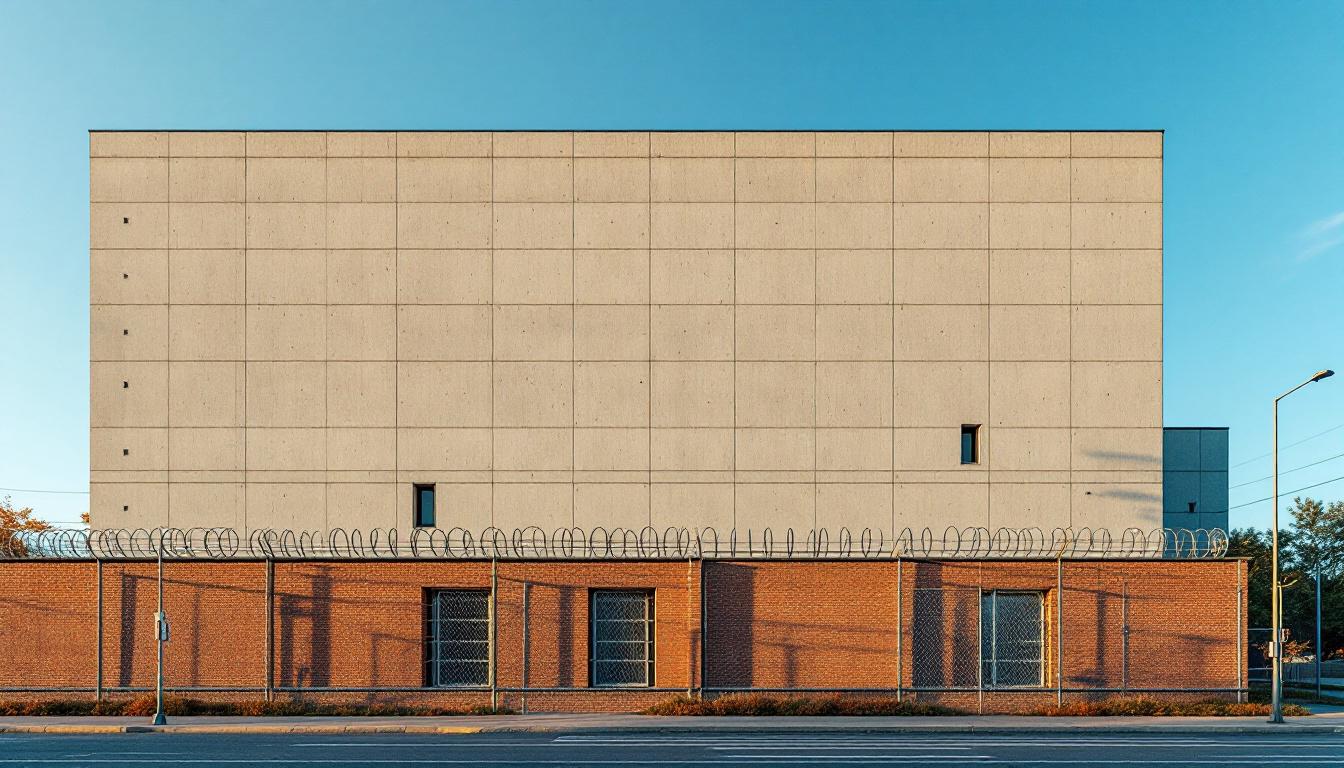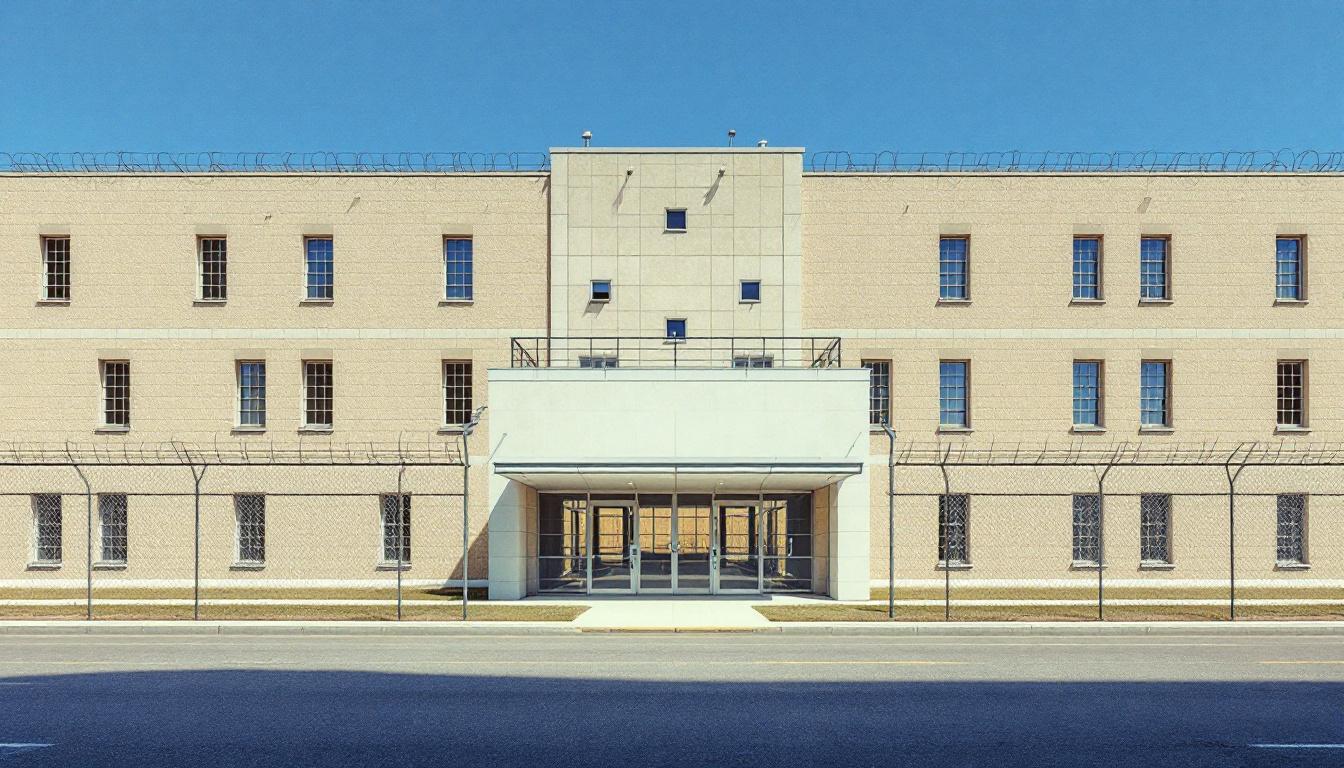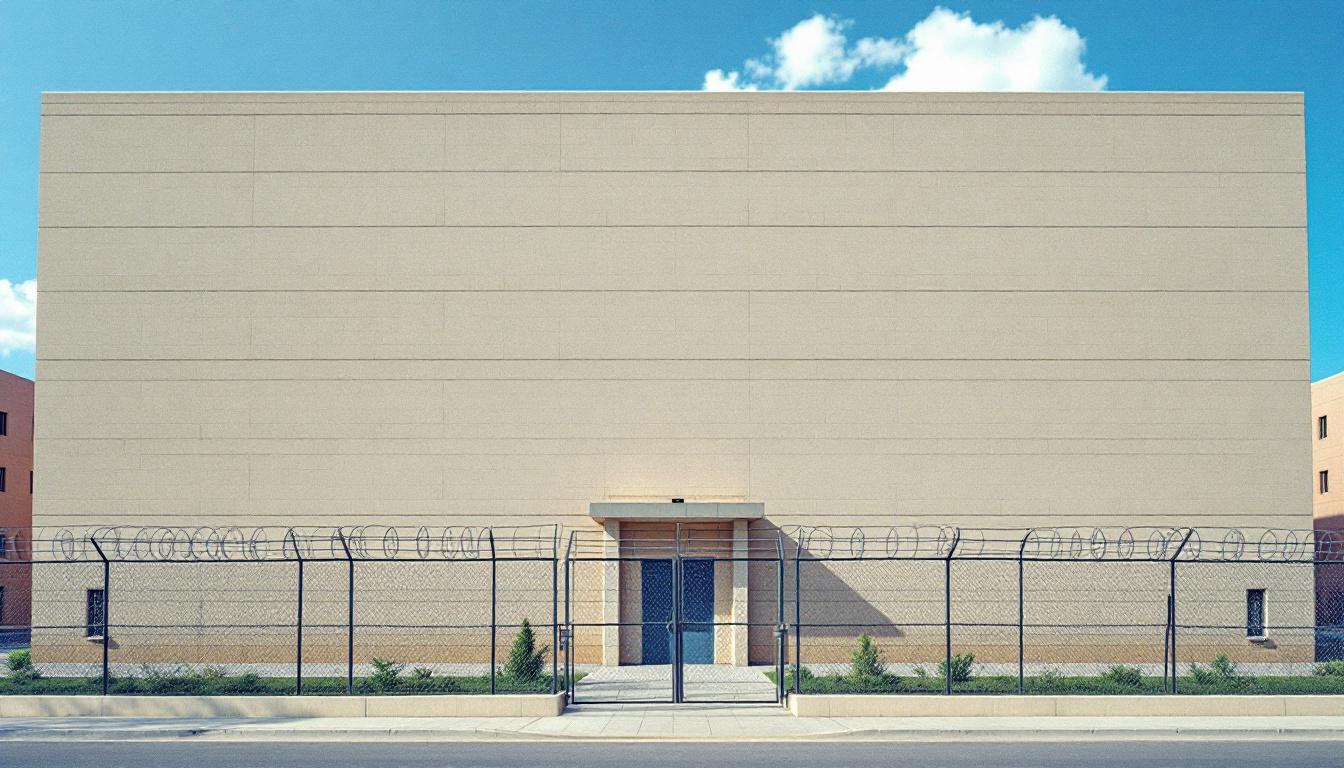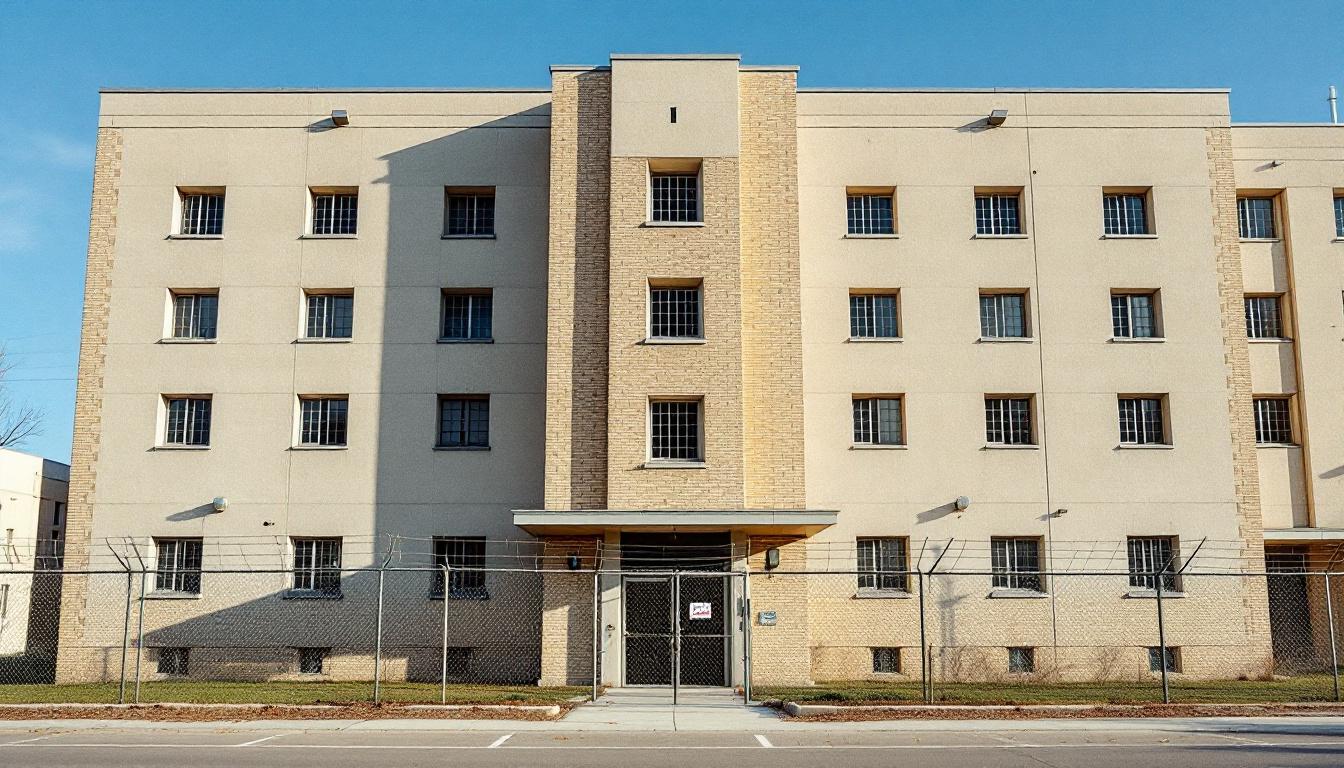
Quick Navigation
How to contact an inmate at Santa Rosa County Jail
This comprehensive guide will walk you through how to connect with an inmate at Santa Rosa County Jail. Follow the steps below to find an inmate and send letters and photos:
- Search for the inmate using our search tool below
- Create your account or log in to Penmate
- Write your message (up to 6,000 characters)
- Send instantly - inmates receive printed copies daily
Find an Inmate
Search for an inmate to start communicating today
Tip: You can search by first name, last name, or inmate ID number
To contact a person at Santa Rosa County Jail start by searching for the person on the official facility website. Perform a search by following these steps:
- Step 1: Enter their first name and last name into the search form and click "Search"
- Step 2: Locate their inmate record
- Step 3: Write down their Inmate ID and any housing information provided
Important! Be sure to enter the person's full name. Nicknames should not be used.
How to Send Messages to Inmates

You can use your phone or computer to send emails, letters, and photos to an inmate. Messages are sent electronically to inmate tablets or kiosks at the facility. If you would like to send a message, start by searching for an inmate at Santa Rosa County Jail.
Sending Photos and Postcards

A great way to send love and support to a loved one at Santa Rosa County Jail is to send photos and postcards. It only takes a few minutes to send photos from your phone and it makes a huge difference. You can also mail postcards with words of support and inspiration, or design your own postcard for special moments like birthdays and holidays.
Important! Be sure not to send any explicit photos or they may not be approved by the facility. You can also use a photo printing app like Penmate to make sure your photos are printed at the correct size (4x6 or 3x5) and are mailed according to the rules and regulations of Santa Rosa County Jail.
Frequently asked questions about Santa Rosa County Jail
-
How long does it take to deliver a message?
If you're sending an email message your letter is usually delivered within 24-48 hours. For messages sent via mail you should expect delivery within 3-7 days. All messages will need be approved by Santa Rosa County Jail.
-
How much does it cost to send a message to Santa Rosa County Jail?
You can send a message free using your phone or mail a message via USPS for the price of a $0.60 stamp and envelope. You can also purchase credits or e-stamps from services starting at $1.99.
-
What services can I use to contact an inmate at Santa Rosa County Jail?
Penmate
You can use Penmate to send letters and photos to an inmate from your phone. It's an easy way to stay in touch during your loved one's incarceration. Use the inmate locator to find an inmate's location and contact information, then you can send messages within a few minutes.
Securus messaging
Securus may be another option for communicating with an inmate at Santa Rosa County Jail. You can create a friends and family account and purchase credits to send messages. All messages will be reviewed and must be approved by the facility.
JPay
Some county jails and state prisons may support sending messages with JPay. You must register an account with the system, find your loved one, and purchase stamps to send messages. For some locations you can also attach photos.
Smart Jail Mail
You may also check if Smart Jail Mail is available at Santa Rosa County Jail. Smart Jail Mail is operated by Smart Communications and has contracted with some state and county jails. After purchasing credits, your messages and photos are sent to the facility, printed out, and then handed out to your loved one.
-
What is the mailing address of Santa Rosa County Jail?
Mailing address:
Santa Rosa County Jail
5755 E Milton Rd
Milton, FL 32583
Phone: (850) 983-1100Business hours:
- Monday: 8:00 AM – 4:30 PM
- Tuesday: 8:00 AM – 4:30 PM
- Wednesday: 8:00 AM – 4:30 PM
- Thursday: 8:00 AM – 4:30 PM
- Friday: 8:00 AM – 4:30 PM
- Saturday: 8:00 AM – 4:30 PM
- Sunday: 8:00 AM – 4:30 PM
-
What are the visiting hours at Santa Rosa County Jail?
Visiting hours at Santa Rosa County Jail vary by housing unit and security level. Generally, visits are scheduled on weekends and holidays, with some facilities offering weekday visits. Contact the facility directly at (850) 983-1100 or check their website for the current visiting schedule. Visits typically last 30-60 minutes and must be scheduled in advance.
-
What items are prohibited when sending mail to Santa Rosa County Jail?
Prohibited items typically include: cash, personal checks, stamps, stickers, glitter, glue, tape, staples, paperclips, polaroid photos, musical or blank greeting cards, hardcover books, magazines with staples, and any items containing metal or electronics. Only send letters on plain white paper with blue or black ink. Photos must be printed on regular photo paper (no Polaroids). Always check with Santa Rosa County Jail for their specific mail policies.
-
How do I send money to an inmate at Santa Rosa County Jail?
You can send money to an inmate at Santa Rosa County Jail through several methods: 1) Online using JPay, Access Corrections, or the facility's approved vendor, 2) Money orders mailed directly to the facility with the inmate's name and ID number, 3) Kiosks located in the facility lobby, or 4) Over the phone using a credit or debit card. Fees vary by method, typically ranging from $2.95 to $11.95 per transaction.
-
Can I schedule a video visit with an inmate at Santa Rosa County Jail?
Many facilities now offer video visitation as an alternative to in-person visits. At Santa Rosa County Jail, video visits may be available through services like Penmate, Securus Video Connect, GTL, or ICSolutions. Video visits typically cost $10-20 for 20-30 minutes and must be scheduled in advance. You'll need a computer or smartphone with a camera and reliable internet connection. Contact the facility for their specific video visitation policies and approved vendors.
-
What identification do I need to visit an inmate at Santa Rosa County Jail?
All visitors must present valid government-issued photo identification such as a driver's license, state ID, passport, or military ID. Minors must be accompanied by a parent or legal guardian who can provide the minor's birth certificate. Some facilities require visitors to be on the inmate's approved visitation list, which may require a background check. Contact Santa Rosa County Jail for specific ID requirements and visitor approval procedures.
-
How can I find out an inmate's release date?
To find an inmate's release date at Santa Rosa County Jail, you can: 1) Use the online inmate search tool if available, 2) Call the facility's records department, 3) Contact the inmate's case manager or counselor, or 4) Have the inmate provide this information during a call or visit. For privacy reasons, some facilities only release this information to immediate family members.
Facility Overview
Official Website
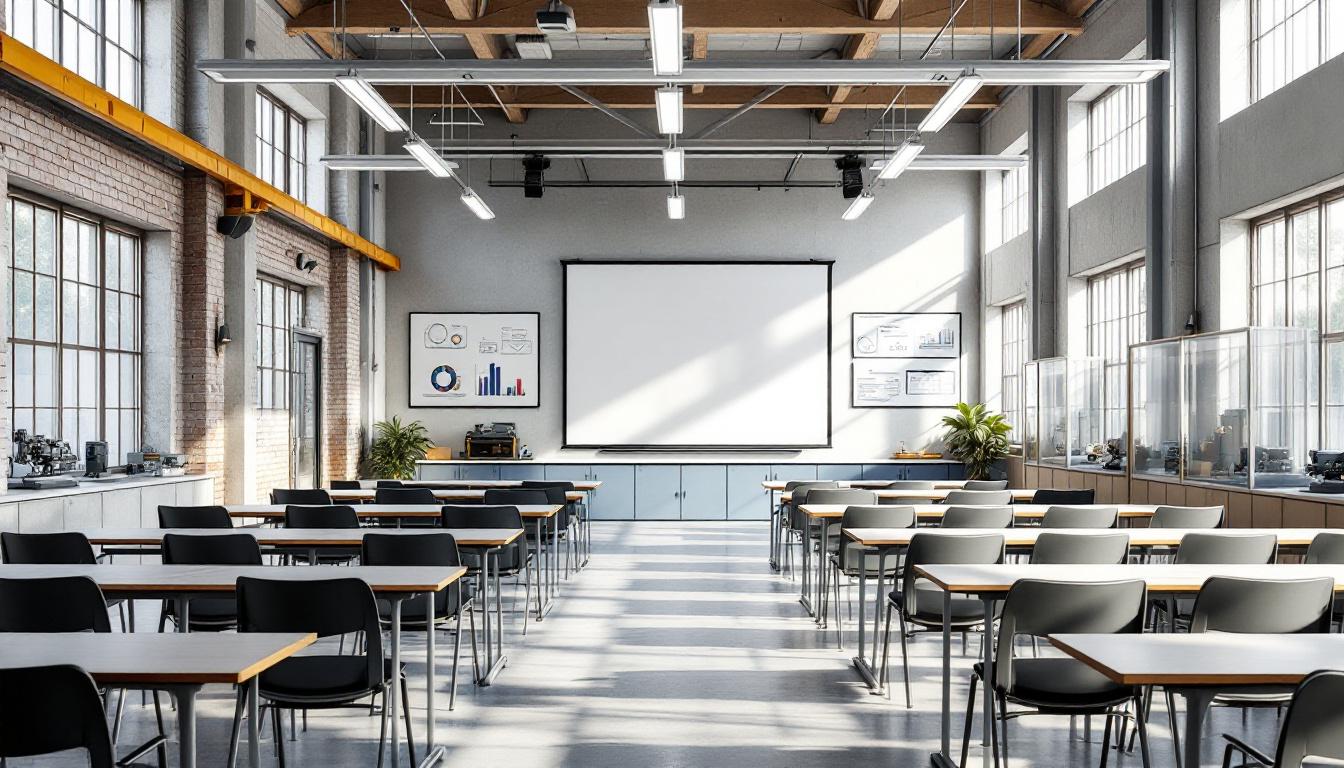
About Santa Rosa County Jail
Serving the greater Pensacola community through secure detention and rehabilitation services, this county facility operates as an integral component of Florida's broader correctional framework. Escambia Jail typically houses individuals awaiting trial, serving shorter sentences, or transitioning between different stages of the judicial process, while maintaining connections to local support systems that can aid in successful community reintegration.
The facility generally provides essential services designed to address both immediate custody needs and longer-term rehabilitation goals that align with state correctional objectives. Inmates may have access to educational programming, substance abuse counseling, and vocational training opportunities that prepare them for productive community participation upon release. Healthcare services, mental health support, and religious programming are typically available to address the diverse needs of the population served.
Located in Florida's panhandle region, this FL correctional facility works within the state's comprehensive approach to criminal justice, emphasizing both public safety and offender rehabilitation. The jail commonly facilitates family visitation, legal consultations, and communication services that help maintain important community ties during incarceration. Through coordination with local agencies, courts, and community organizations, the facility supports a continuum of services that extends beyond its walls to promote successful transitions and reduce recidivism in the Pensacola area.
Programs & Services
Personal transformation becomes achievable when correctional facilities prioritize comprehensive development services that address the multifaceted needs of their inmate population. Escambia Jail typically emphasizes a holistic approach to rehabilitation, recognizing that meaningful change requires addressing educational deficits, behavioral patterns, and practical life skills simultaneously. This philosophy underlies the facility's service delivery model, which may provide inmates with structured opportunities to develop cognitive abilities, emotional regulation, and practical competencies essential for successful community reintegration.
Educational services often form the cornerstone of personal development initiatives, with programs that may include basic literacy instruction, GED preparation, and specialized English as Second Language (ESL) courses for non-native speakers. These academic offerings typically serve inmates with varying educational backgrounds, providing individualized instruction that accommodates different learning styles and proficiency levels. Furthermore, vocational training opportunities may complement traditional educational services, offering inmates practical skills development in trades or technical fields that enhance employment prospects upon release.
Support services and therapeutic interventions typically address the underlying issues that often contribute to criminal behavior and incarceration. Work release programs may provide qualified inmates with supervised employment opportunities that facilitate gradual community reintegration while maintaining accountability structures. Mental health counseling services often include individual and group therapy sessions designed to address psychological challenges and develop healthy coping mechanisms. Additionally, substance abuse treatment programs typically incorporate evidence-based therapeutic approaches, while decision-making skills workshops may focus on developing critical thinking abilities and problem-solving strategies that support long-term behavioral change and personal growth.
Daily Life & Visitation
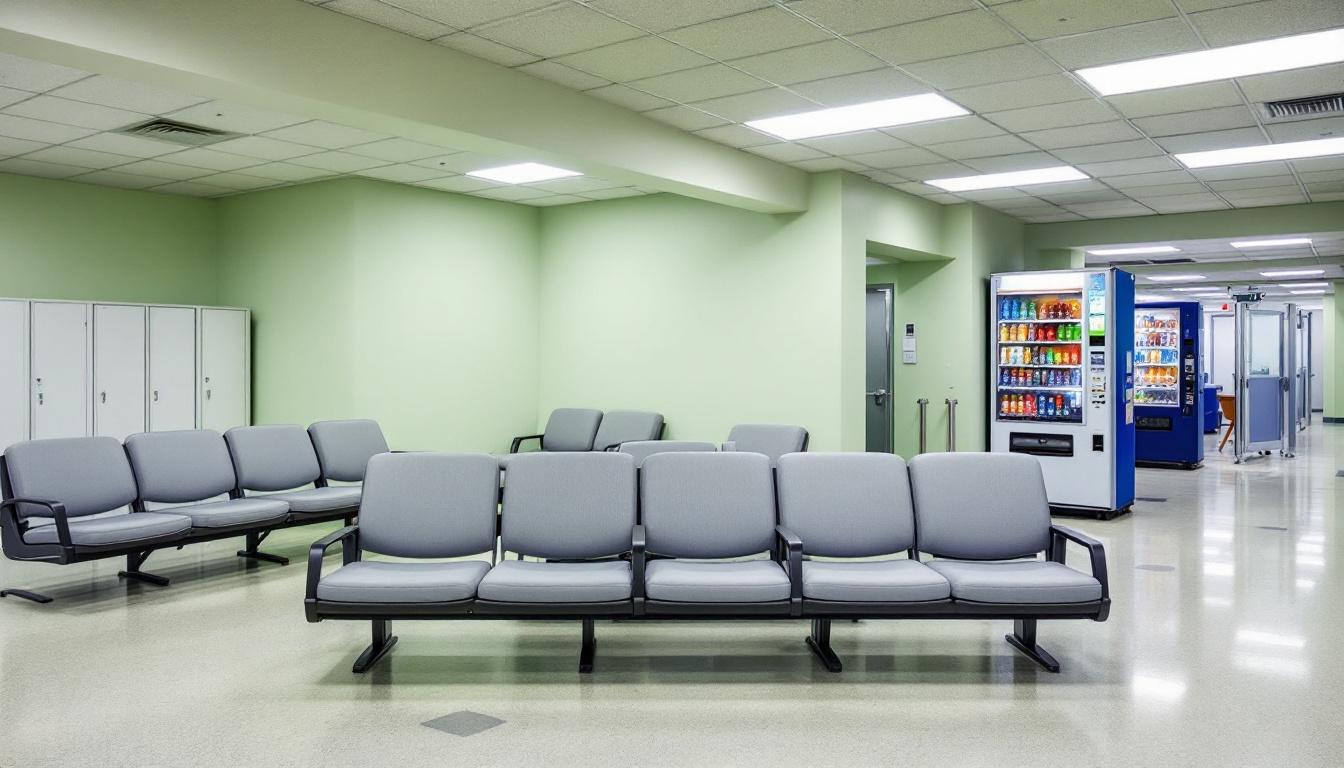
The concrete and steel environment of Escambia County Jail shapes every aspect of an inmate's daily experience, with housing units that typically accommodate multiple individuals in cells designed for basic living needs. Within these structured surroundings, inmates currently adapt to a regimented schedule that begins with early morning counts and continues through carefully monitored meal times, recreation periods, and evening lockdown procedures. The facility generally maintains consistent routines that provide inmates with predictable structure, though the institutional atmosphere requires significant adjustment for those accustomed to independent living.
Living accommodations within the jail typically feature shared cells or dormitory-style housing units, where inmates must navigate limited personal space while maintaining respectful relationships with their cellmates or neighbors. The dining arrangements usually involve scheduled meal times in designated areas, with inmates receiving nutritionally planned meals that meet basic dietary requirements. Furthermore, personal property remains restricted to essential items, and inmates may access commissary services to purchase approved snacks, hygiene products, and writing materials when funds are available through their accounts.
Although the environment presents obvious challenges, the facility typically provides various programs and activities designed to help inmates maintain mental and physical well-being during their stay. Recreation opportunities generally include access to exercise areas, television viewing in common spaces, and sometimes educational or religious programming depending on scheduling and availability. Visitation policies usually allow family members and approved visitors to maintain contact through scheduled visits, while telephone access and mail correspondence continue to serve as vital connections to the outside world. Work assignments within the facility often provide inmates with structured activities and may include kitchen duties, cleaning responsibilities, or maintenance tasks that help maintain daily operations while offering purposeful engagement.
Ready to Connect?
Start communicating with your loved one today
Search for an Inmate
